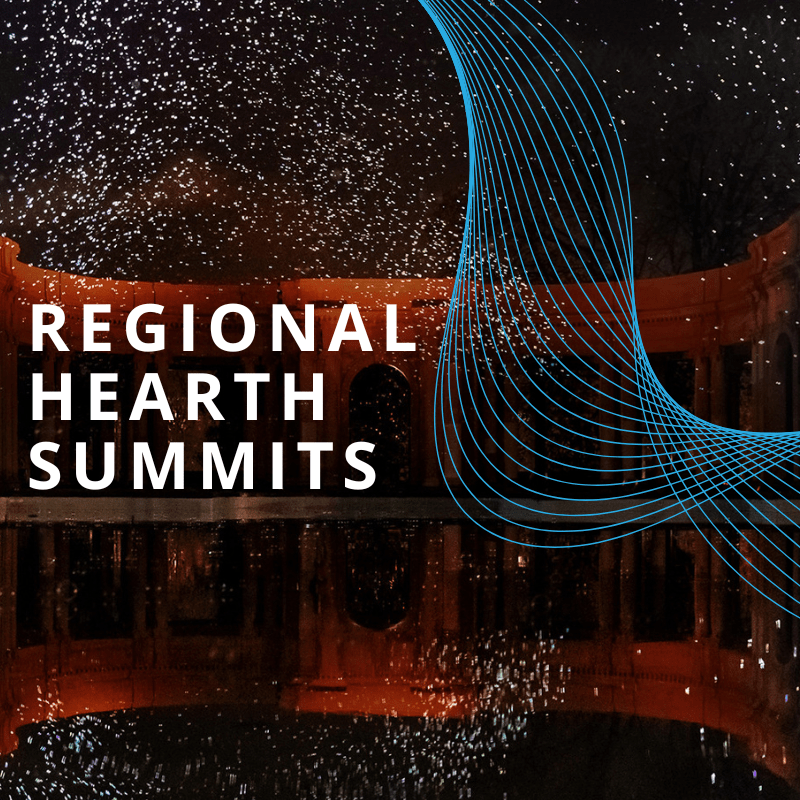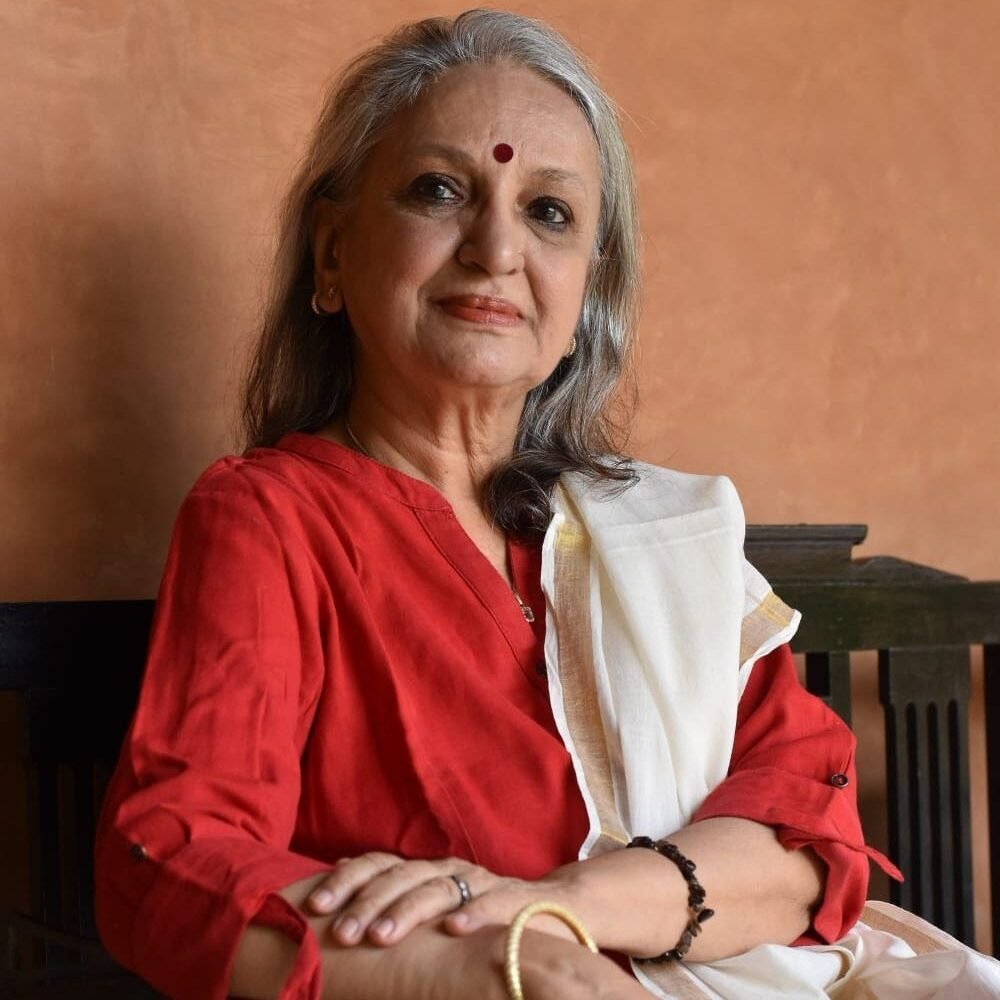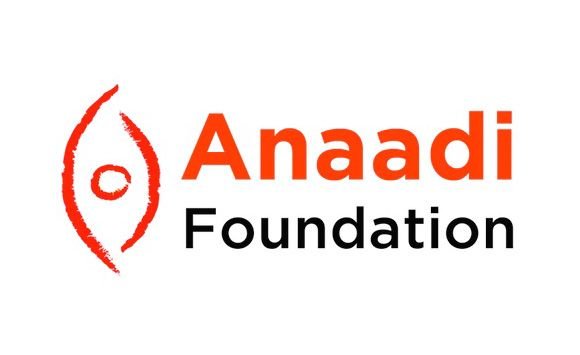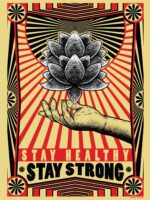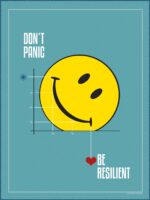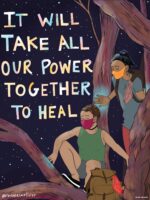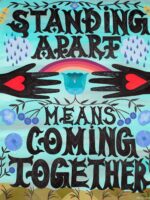Cómo el Bienestar Organizacional Inspira el Desempeño: Lecciones del Sector de Cambio Social Cómo el Bienestar Organizacional Inspira el Desempeño: Lecciones del Sector de Cambio Social
Stories from the Hearth
Publicación invitada de:
Ricardo Paz
People & Culture Elder, The Wellbeing Project
🌍 Bogotá, Colombia
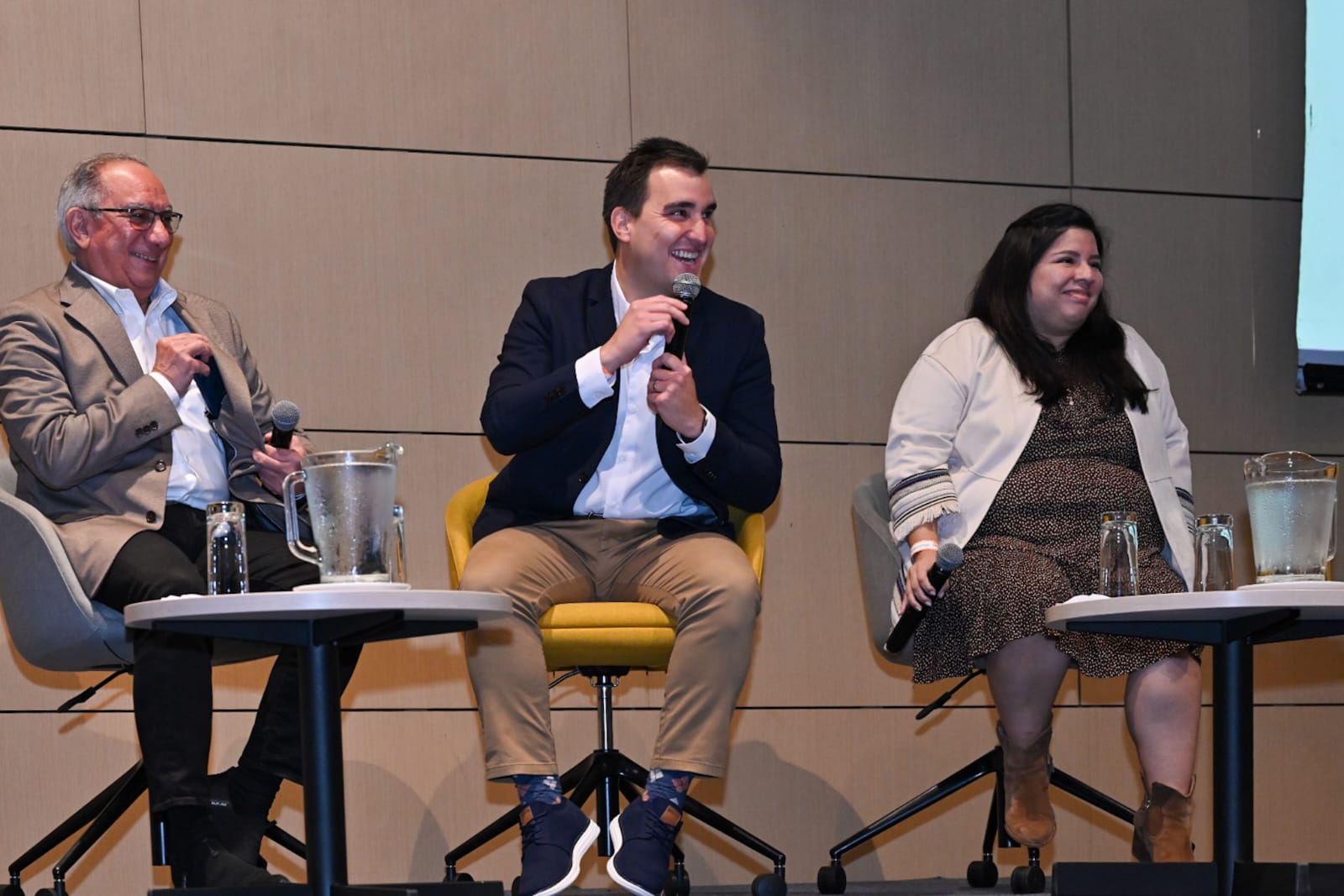
Lectura rápida
-
The Wellbeing Project, junto con ocho organizaciones de todo el mundo, el Instituto Tavistock y el Center for Healthy Minds estuvieron cinco años investigando el valor del bienestar organizacional y cómo fomentarlo.
-
Aprendieron que cualquier organización, pública o privada, puede beneficiarse de promover el bienestar organizacional: mejora el desempeño de los empleados, lo que se traduce en un mejor desempeño organizacional.
-
Además, todos estuvieron de acuerdo en que era menos costoso invertir en el bienestar organizacional que no hacerlo.
-
Cultivar el bienestar organizacional es un proceso continuo, dinámico y de largo plazo, pero el valor agregado para los empleados, su organización y su comunidad vale la pena.
Ricardo (izquierda) habla en Hearth Summit Bogotá, compartiendo los hallazgos del Programa Exploratorio Organizacional (OEP) de The Wellbeing Project.
En mayo, tuve el placer de presentar en el Hearth Summit Bogotá, que se centró en el bienestar y los negocios sostenibles. En este evento, la sostenibilidad se exploró de tres maneras:
Trabajo sostenible: centrado en el bienestar de los empleados y el balance vida-trabajo
Negocio sostenible: centrado en la producción y el consumo sostenibles dentro de las empresas
Ecosistemas sostenibles: centrándose en cómo las empresas pueden tener impactos sociales y medioambientales positivos
La audiencia estaba formada por cientos de líderes del sector empresarial: directores ejecutivos, gerentes, expertos y otros se unieron en el Hearth Summit para tomar medidas colectivas y cambiar la cultura corporativa hacia una de bienestar y desempeño.
Me sentí agradecido de compartir los aprendizajes del sector social sobre cómo al promover el bienestar dentro de las organizaciones se conduce a un mayor desempeño.
No soy el único que piensa en la importancia del bienestar de los empleados: la Organización Mundial de la Salud ha clasificado el burnout como un problema de salud ocupacional dada la magnitud de casos presentados. Múltiples estudios en todo el mundo muestran un aumento del burnout en organizaciones de todo tipo. Gallup ha estimado las pérdidas globales por ausentismo, rotación y agotamiento en 322.000 millones de dólares. ¡Mil millones!
La situación es clara: las organizaciones deben centrar su atención en el bienestar de sus empleados. Pero ¿cómo pueden hacer esto?
En el Hearth Summit Bogotá, compartí los aprendizajes de un Programa Exploratorio Organizacional (OEP, por sus siglas en inglés) de cinco años que The Wellbeing Project cocreó con ocho organizaciones de todo el mundo: de Brasil, Canadá, China, Egipto, Mozambique, Pakistán, Senegal y Estados Unidos.
Con el Instituto Tavistock de Relaciones Humanas y el Centro para Mentes Saludables proporcionando apoyo en investigación y metodología, buscamos trabajar con estas ocho organizaciones para desarrollar un marco efectivo para apoyar el bienestar organizacional de manera participativa, basado en evidencia empírica.
Los aprendizajes de estas ocho organizaciones sociales pueden ser útiles para organizaciones de otros sectores, tanto públicos como privados, ya que comparten un mensaje común: el bienestar de los empleados de cualquier organización lleva a un mejor desempeño y, por lo tanto, a un mejor desempeño de las organizaciones y del ecosistema que las rodea. En resumen: el bienestar inspira el desempeño.
Pero ¿cómo pueden las organizaciones crear una cultura de bienestar? Compartí tres aprendizajes clave de OEP con agentes de cambio en Bogotá:
1. Crea tu propia definición y visión de bienestar.
La definición de bienestar organizacional puede ser muy diferente para una organización que para otra, así como a nivel individual. Por esta razón, es relevante hacer una definición de manera participativa con todos o la mayoría de los involucrados. Esto significa que será un proceso lento, de largo plazo, con una visión estratégica, de acuerdo con los retos, objetivos y entorno de cada organización.
2. Dar pequeños pasos, llegarás lejos.
De esta forma, es necesario centrarse en unas primeras y pequeñas acciones para avanzar poco a poco en un plan de trabajo que evidencie avances y refuerce la evolución de la organización. La idea es que, a la hora de tomar decisiones estratégicas, se tengan en cuenta las necesidades de las personas involucradas en todos los niveles de la organización.
3. Encuentra el “camino del medio”.
A veces, una organización se centra únicamente en lograr su misión y objetivos. En el otro extremo, existe la posibilidad de estar demasiado centrado en el bienestar de las personas. Las organizaciones que están muy enfocadas en su misión a menudo tienen una alta rotación de personal, bajos niveles de compromiso, hipersensibilidad a la desadaptación organizacional y una alta frecuencia de casos con burnout. En el otro extremo, en aquellos demasiado enfocados en el bienestar de las personas, hay dificultad para lograr la misión de la organización, las necesidades individuales están constantemente insatisfechas, sus responsabilidades no están claras y su energía se consume en tareas innecesarias.
Una tercera vía, una vía intermedia, se compone de un entorno en el que las personas están inspiradas por la misión y la estructura de la organización, se identifican claramente sus habilidades y competencias individuales, se tienen claras las responsabilidades de sus funciones y se les reconoce por sus contribuciones profesionales.
La conclusión
A través de la investigación de OEP, aprendimos que generar la capacidad de bienestar organizacional es un proceso de gestión del cambio de cuatro pasos:
Definición de objetivos,
Cocreándolos con todos los miembros,
Implementación, y
Aprendizaje constante.
Es un proceso lento, sin soluciones rápidas ni un enfoque lineal. Lo más importante es la dirección de los cambios más que los resultados inmediatos. Es importante que los líderes den el ejemplo también, y vimos tres factores fundamentales en la generación de esta capacidad de bienestar organizacional: Liderazgo, Comunicación y Mentalidad de Crecimiento.
¿Y la última pieza del rompecabezas? Estas ocho organizaciones sociales descubrieron que desarrollar su capacidad de bienestar organizacional era menos costoso que no hacerlo.
Como dijo uno de los participantes del Programa de Desarrollo Interior de The Wellbeing Project: “Si no tienes bienestar en tu personal, ¿cómo puedes proporcionar bienestar en tu comunidad? Nadie puede dar lo que no tiene”.
Lo mismo ocurre con su organización. Ya sea que trabajes en una organización sin fines de lucro, una empresa o cualquier otro tipo de organización, el mensaje puede ser el mismo:
El bienestar inspira el desempeño: si estamos bien, lo haremos mejor.














